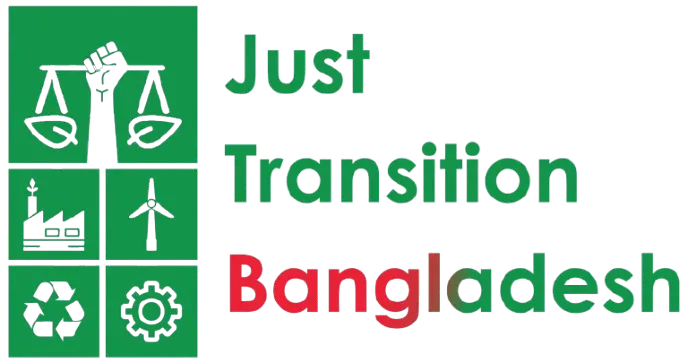The social safety net (SSN) comprises support systems that is designed to enhance the well-being of disadvantaged families and individuals facing poverty and extreme hardship. Examples of SSNs include social pensions funded by past contributions, provision of goods and food items, conditional and unconditional cash aid, exemptions from fees, employment opportunities in public projects, financial aid during job transition and initiatives like school meal programs etc. The social safety net operates alongside various poverty reduction initiatives, aiming to diminish or prevent poverty effectively.

Global scenario
While social safety net is much needed in developing countries, on average, wealthy countries in the OECD (Organisation for Economic Co-operation and Development) allocate around 2.7% of their GDP to these programs, whereas developing countries spend an average of 1.5%. Regional disparities also exist, with European and Central Asian countries allocating the highest proportion of their GDP to social safety nets, followed by Sub-Saharan Africa, Latin America and the Caribbean, East Asia and the Pacific, the Middle East and North Africa and finally South Asia, in descending order of spending. Furthermore, different regions tend to prioritize different types of safety nets. For instance, non-contributory pensions are commonly implemented in East Asia, while conditional cash transfers are favored in Latin America and public works programs are prevalent in South Asia.
Impact
According to the World Bank’s estimates, social safety nets (SSNs) have played a significant role in lifting approximately 36% of the world’s poorest individuals out of extreme poverty, with an additional 8% experiencing a reduction in relative poverty. Moreover, SSNs have made substantial contributions to narrowing the inequality gap, with a 45% reduction in absolute poverty and a 16% reduction in relative poverty gaps. Despite these achievements, the World Bank suggests that the actual impact might be even greater.
Drawbacks
The primary challenge persists in the poorest countries, where only 20% of the poorest residents are covered by SSNs. Consequently, these countries experience relatively minimal decreases in poverty and inequality. This disparity may be attributed to several factors. Firstly, many surveys conducted in low-income countries fail to account for specific SSN programs or all the various programs available. Secondly, there is a dearth of recent data on these issues compared to other country categories.


